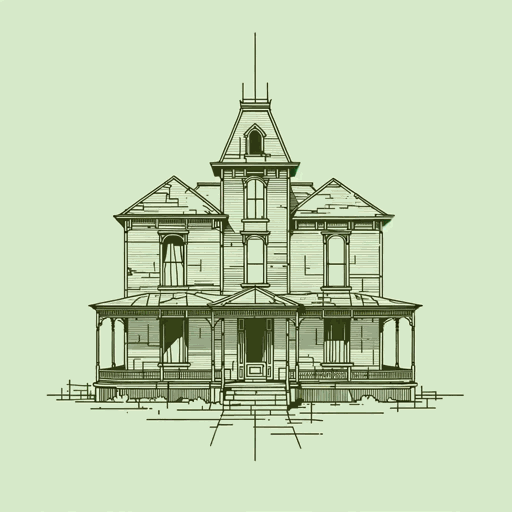39 pages • 1 hour read
Barbara KingsolverUnsheltered
Fiction | Novel | Adult | Published in 2018A modern alternative to SparkNotes and CliffsNotes, SuperSummary offers high-quality Study Guides with detailed chapter summaries and analysis of major themes, characters, and more.
Symbols & Motifs
Shelter
Physical and intellectual shelter plays a fundamental role in the novel, as implied by its title. Willa and Thatcher’s struggles against the decay of their physical shelters (houses) suggest that the concept of shelter is central to understanding the characters and the world they live in. Willa’s desire for stability, safety, and comfort for herself and her family are expressed through her anxieties about the Vineland house’s condition. Physical structures can be understood as a symbolic expression of the need for consistency, safety, and belonging.
Beyond physical structures that offer shelter, Thatcher and Mary use the metaphor of shelter to signify what Mary refers to as “the nuisance of old mythologies” as they discuss Darwinism and religious resistance to it (89). Thatcher says, “No creature is easily coerced to live without its shelter” (90), to which Mary replies, “Without shelter, we stand in daylight” (90)—a metaphor that evokes clarity, freedom, and self-sufficiency. In this way, Kingsolver posits that the desire for shelter is both necessary and comforting but can become suffocating and unhealthy if taken to an unreasonable degree.
Although Mary is a proponent of being “unsheltered,” in general the book connects shelter to femininity and mothering. The discrepancy between Willa and Iano’s attitudes about their collapsing house is thus gendered as well as a reflection of the differences in their character.
Related Titles
By Barbara Kingsolver

Animal Dreams
Barbara Kingsolver
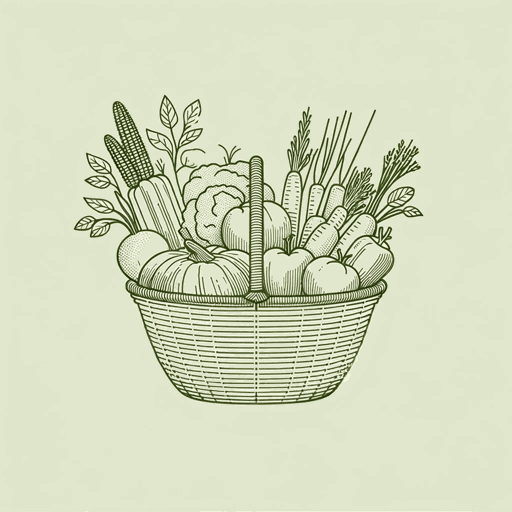
Animal, Vegetable, Miracle
Barbara Kingsolver

Demon Copperhead
Barbara Kingsolver
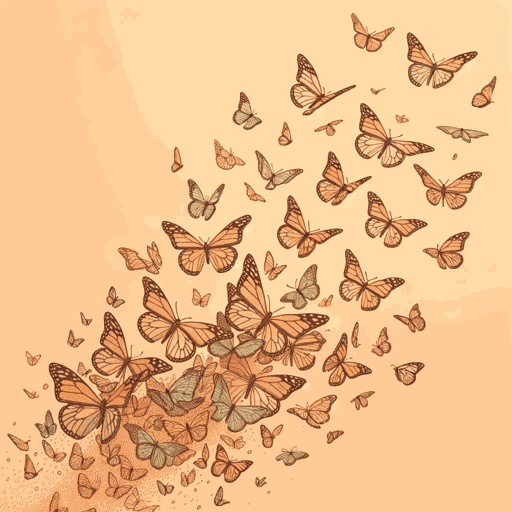
Flight Behavior
Barbara Kingsolver
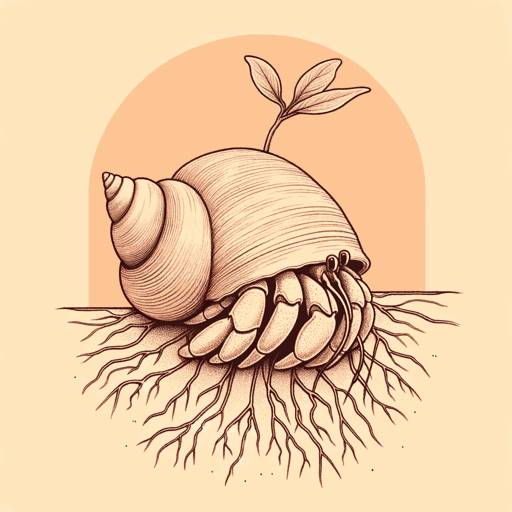
High Tide in Tucson
Barbara Kingsolver

Pigs In Heaven
Barbara Kingsolver
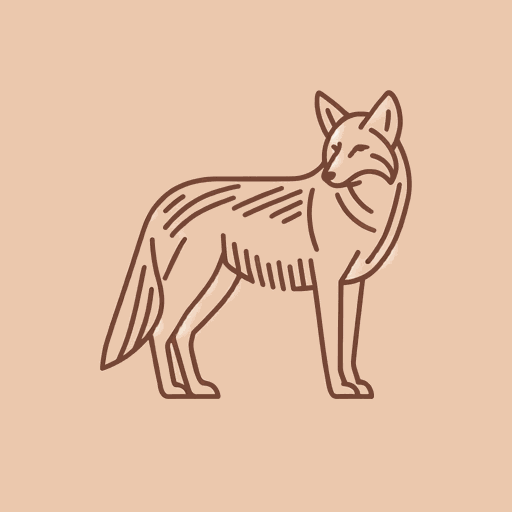
Prodigal Summer
Barbara Kingsolver

The Bean Trees
Barbara Kingsolver

The Lacuna
Barbara Kingsolver
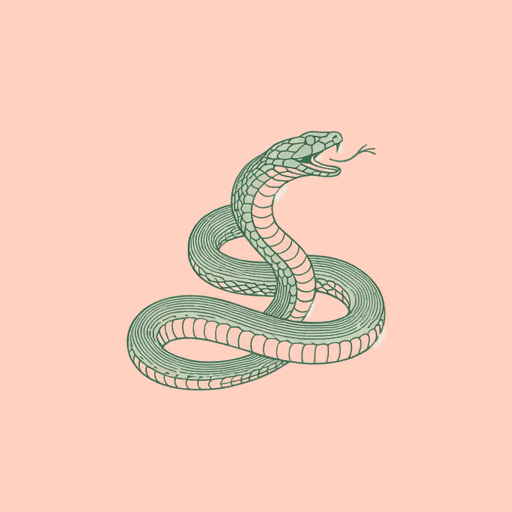
The Poisonwood Bible
Barbara Kingsolver
